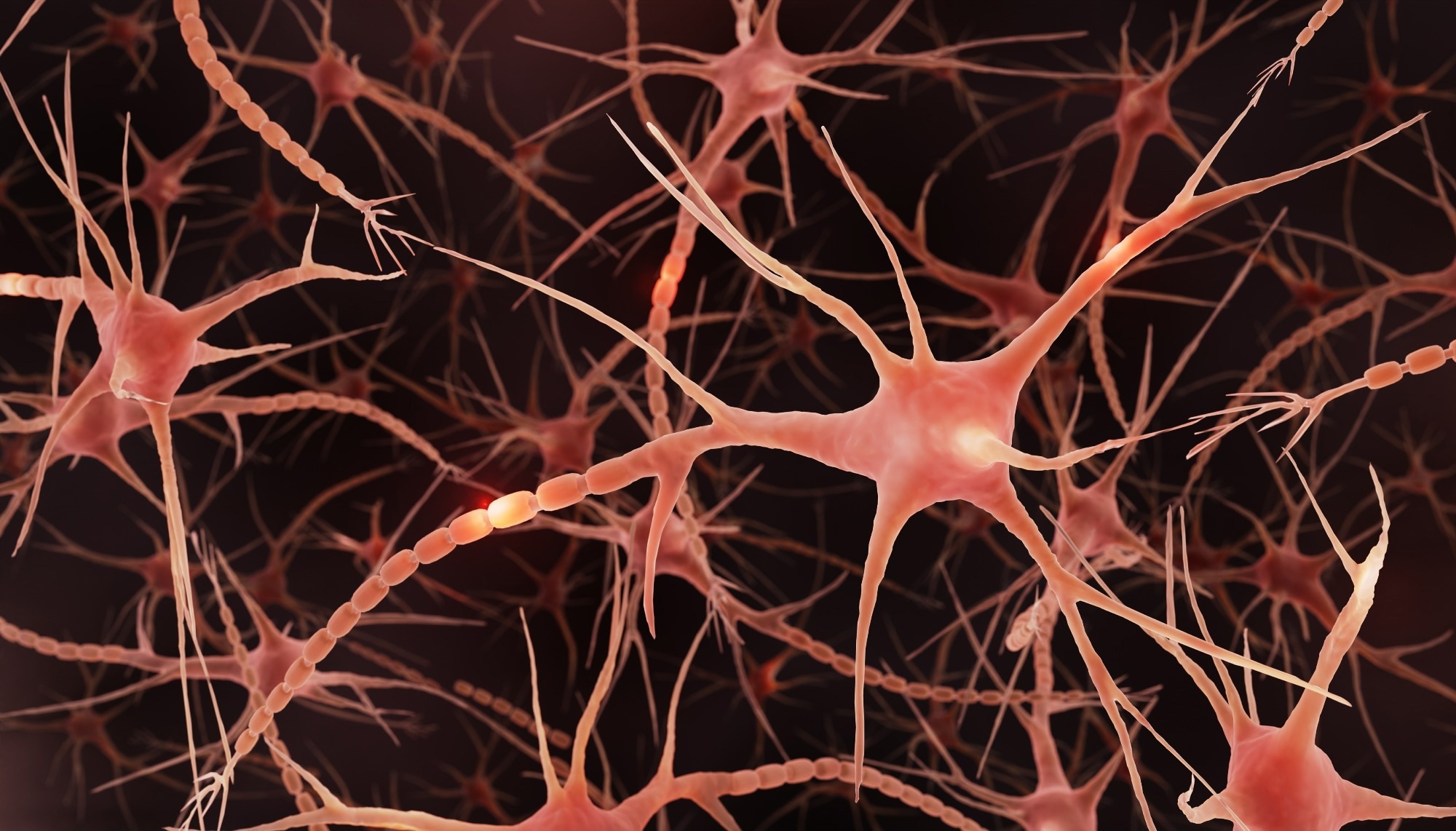Reviewed by Danielle Ellis, B.Sc.Jul 11 2023
Cells “talk” to one another to coordinate crucial biological activities such as immune activation, muscle contraction, hormone release, neuronal firing, and digestion using calcium signaling as a primary mechanism.
 Jacob Beckham is a Rice U. chemistry graduate student and a lead author on the study. Image Credit: Rice University
Jacob Beckham is a Rice U. chemistry graduate student and a lead author on the study. Image Credit: Rice University
Using light-activated molecular machines to generate intercellular calcium wave signals, Rice University researchers recently published a study in Nature Nanotechnology that demonstrated a powerful new technique for controlling cellular activity.
Better treatments could be provided to patients with heart problems, digestive problems, and other diseases with the aid of this technology.
Most of the drugs developed up to this point use chemical binding forces to drive a specific signaling cascade in the body. This is the first demonstration that, instead of chemical force, you can use mechanical force—induced, in this case, by single-molecule nanomachines—to do the same thing, which opens up a whole new chapter in drug design.”
Jacob Beckham, Study Lead Author and Graduate Student, Rice University
Researchers employed small-molecule actuators that rotate when activated by visible light to cause a calcium-signaling response in smooth muscle cells.
In humans, a large portion of the major muscles in the body are not controlled consciously: Smooth muscle also borders the lungs and intestines and is important in breathing and digestion. Smooth muscle tissue lines the veins and arteries, controlling blood pressure and circulation.

Image Credit: ART-ur/Shutterstock.com
A molecular-level mechanical stimulation that can be used to influence these processes could be revolutionary.
Beckham has shown that we can control, for example, cells’ signaling in a heart muscle, which is really interesting.”
James Tour, T. T. and W. F. Chao Professor of Chemistry, Rice University
He added, “If you stimulate just one cell in the heart, it will propagate the signal to the neighboring cells, which means you could have targeted, adjustable molecular control over heart function and possibly alleviate arrhythmias.”
Scientists were able to regulate calcium signaling in a cardiac myocyte cell culture by using molecular machines, which were activated by quarter-second light pulses.
Beckham stated, “The molecules essentially served as nano-defibrillators, getting these heart muscle cells to start beating.”
The ability of muscle tissue to control cell-to-cell communication may be useful in the treatment of several kinds of disorders with abnormal calcium signaling.
Tour further added, “A lot of people who are paralyzed have huge digestive problems. It would be a big deal if you could alleviate these issues by causing those relevant muscles to fire without any kind of chemical intervention.”
The activation of the same calcium-based cellular signaling cascade in a living organism by the molecule-sized devices caused the fresh-water polyp, or Hydra vulgaris, to undergo whole-body contraction.
“This is the first example of taking a molecular machine and using it to control an entire functioning organism,” Tour added.
The cellular response was influenced by the kind and intensity of mechanical stimulation: Fast, unidirectional molecular machines generated intercellular calcium wave signals, in contrast to slower rates and multidirectional spinning.
Additionally, adjusting the light’s intensity can change how strongly the cells react.
Tour further stated, “This is mechanical action at the molecular scale. These molecules spin at 3 million rotations per second, and because we can adjust the duration and intensity of the light stimulus, we have precise spatiotemporal control over this very prevalent cellular mechanism.”
The Tour lab has shown in past investigations that light-activated molecular machines can be utilized to fight cancer cells, infectious bacteria with antibiotic resistance, and dangerous fungi.
Beckham noted, “This work expands the capabilities of these molecular machines in a different direction. What I love about our lab is that we are fearless when it comes to being creative and pursuing projects in ambitious new directions. We are currently working towards developing machines activated by light with a better depth of penetration to really actualize the potential of this research. We are also looking to get a better understanding of molecular-scale actuation of biological processes.”
Source:
Journal reference:
Beckham, J. L., et al. (2023) Molecular machines stimulate intercellular calcium waves and cause muscle contraction. Nature Nanotechnology. doi:10.1038/s41565-023-01436-w